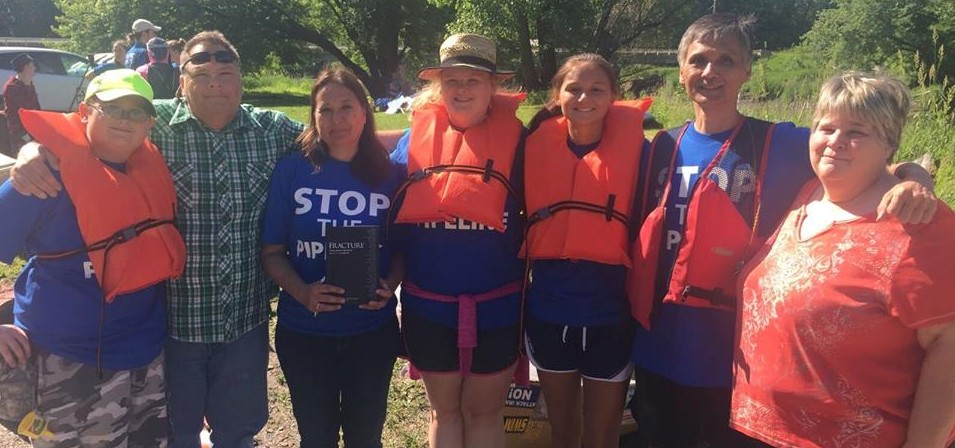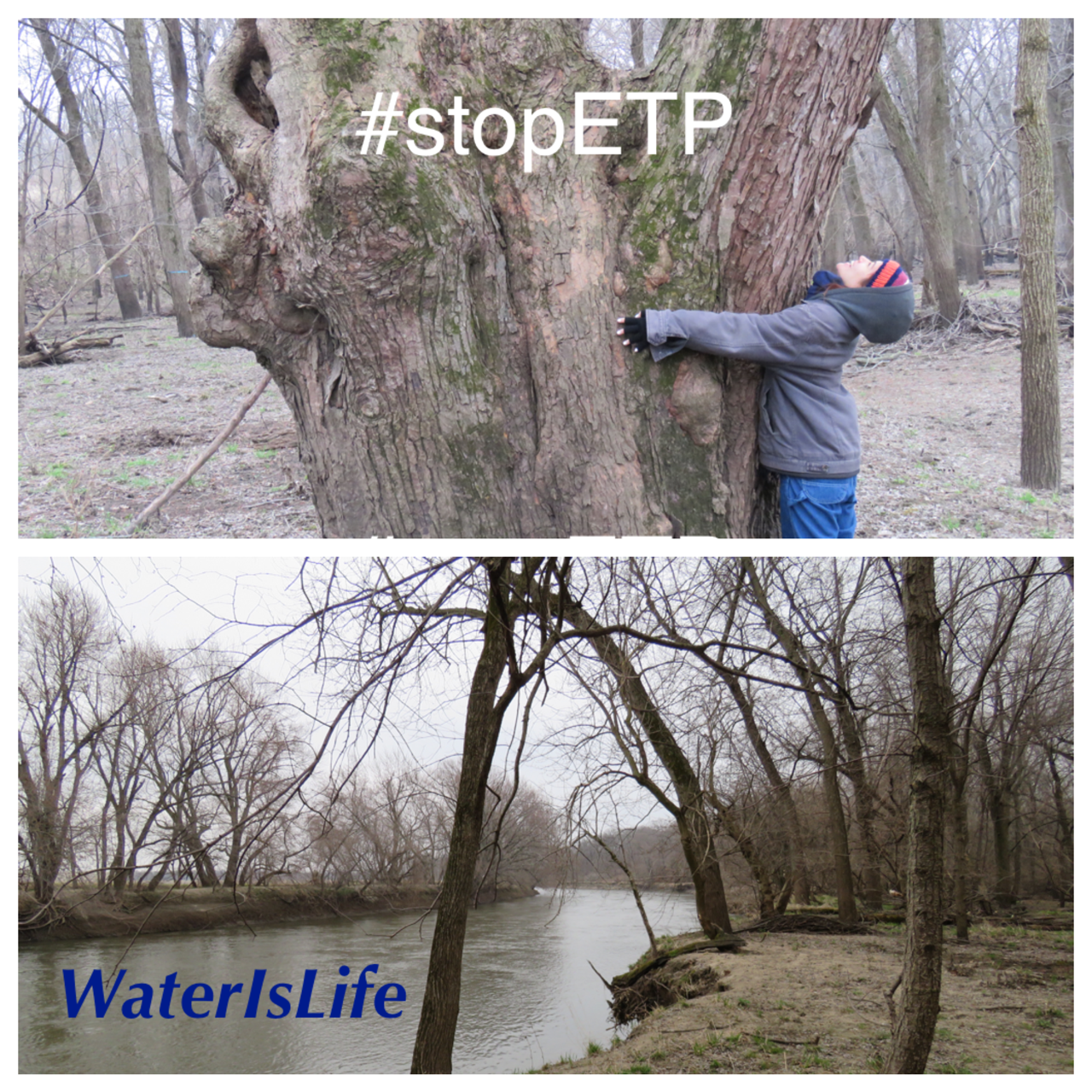One hundred and seventy-four years ago, Chief Wapello of the Meskwaki died near the fork of the Skunk (Chicauqua)River and seven months later, in October, the Sac and Fox (Meskwaki) signed a treaty ceding all their lands in Iowa to the United States. That same year, my g-g-g-g-grandfather Judge Thomas Comstock entered the area, which was under Dragoon guard to keep white settlers out until May 1, 1843, the date when the Sac and Fox were required to move west to the Missouri River. During his 1842 trip and another in early spring 1843, Judge Comstock and his sons located an area on the South Skunk River to stake a claim.
On May 1, 1843, the Comstock extended family (including my g-g-g grandfather Daniel Rodgers who had married the Judge’s daughter Sarah) moved into the area 4 miles northeast of present-day Oskaloosa, and within a year, Judge Comstock and William Pilgrim had built and were running the Glendale Mill. Constructed almost entirely from the native woods from the nearby forests, it operated first as a sawmill and later as a grist mill, running day and night, and attracting clients from as far away as Fort Des Moines. The partnership agreement between Comstock and Pilgrim to operate the grist mill was filed on May 30, 1845, and is the first legal document filed in Mahaska County.
One hundred and seventy-one years later, on May 28, 2016, I am at the boat ramp at Glendale Access across the river from the site of the old mill. With me are my brother, niece and cousins and about three dozen members of the Bakken Pipeline Resistance Coalition, including Meskwaki tribal members from Tama, Iowa. We are here to launch the first flotilla of the 2016 Summer of Resistance against the Bakken Pipeline, also known as the Dakota Access Pipeline (DAPL).
Dakota Access had contacted my parents in late 2014 as they are affected landowners, meaning our family farm and forest reserve on the floodplains of the South Skunk River are in the impact zone of the pipeline. In fact, the pipeline’s path crosses the river about 125 feet from the border of our property and then runs parallel to it for some distance. As my parents are in their late 80s, I have been managing the property for the past decade. Most of the 117 acres is in conservation, including the only acreage of private property designated as conservation land by Mahaska County. Recently, 15 acres of the farm have been seeded with native prairie grass.
I am the 7th generation in our family to be tied to the Iowa land along the South Skunk River, and my daughter Sarah is the 8th. My father, the 6th generation, grew up along Spring Creek (named by Judge Comstock) which empties into the South Skunk. He was educated in a one-room school on land donated by his great grandfather (Abraham) and attended by three generations of Rodgers (Duward “Dude,” Floyd, Earl and their siblings). The creeks, forests and floodplains of the South Skunk were the entirety of my father’s world and were his fishing, hunting, trapping and playing grounds. Finding and documenting Indian artifacts in the plowed farmland was his hobby. At the start of the Korean War, his father told him to join the military as a patriot and so he did. Stationed in Japan as a 24-year-old soldier, he met and married my mother. In 1958-1959, he returned to farm in Iowa for a short while before reenlisting, serving two tours in Southeast Asia during the Vietnam War before retiring in Hawaii, his last military post.
The notice that DAPL would impact our family land was shocking and ironical. DAPL would carry a million gallons of crude oil per hour every hour of every day for decades to come along our family land, and here I was manager of that land and also someone who was actively working on climate change mitigation and adaptation efforts. I was a member of Central Union Church’s Green Team, involved in energy retrofitting and installing a photovoltaic system for the church campus; a member of the Hawaii Interfaith Power and Light, raising awareness of climate change and alternate energy; active in the organization of two national First Stewards conferences on coastal indigenous peoples and climate change held in Washington, DC; staff lead of the Marine Planning and Climate Change Committee for the Western Pacific Fishery Management Council; member of the NOAA Marine Fisheries Advisory Committee’s Climate and Marine Resources Task Force and its Resilience Working Group; and a member of the NOAA Fisheries Climate Science Strategy Pacific Islands Regional Action Plan working group.
In late 2014, I attended four of the DAPL informational meetings for affected landowners. It was difficult to believe that the pipeline—which would cross four states and 244 waterways, including every major river in Iowa, the Mississippi River and the Missouri River; miles of famous Iowa prairie farmland soil; acres of forests, wetlands and habitat of at least two endangered species (the Poweshiek skipperling butterfly and the Indiana bat); and who knows how many native sacred and burial sites—did not require an environmental impact statement or even sincere tribal consultation.
The only public hearing for the pipeline in Iowa was held by the three-person, Governor-appointed Iowa Utilities Board (IUB) on Nov. 12, 2015. I was unable to attend that public hearing, but submitted a testimony, which my father paid to have run as an opinion editorial in the Oskaloosa and Ottumwa papers. Despite the lawsuits of farmers fighting against eminent domain and evidence of DAPL beginning construction prior to gaining its permits (including staking land and cutting trees, photos of which I and others sent to IUB as testimony), the pipeline was approved and the Army Corps of Engineers permitted it to cross through all of Iowa’s 17 navigable rivers, including the South Skunk.
So on May 28, 2016, our family gathered with the Bakken Pipeline Resistance Coalition and the Meskwaki to honor the river and inform the news media and the world why we opposed the black snake, which would run fracked oil from the Bakken fields of North Dakota though South Dakota, Iowa and Illinois to hook up with pipeline to the Gulf refineries and export facilities.
A great law of the Iroquois Confederacy is to live and work for the benefit of the seventh generation into the future. I am the 7th generation to descend from the white settlers on this Iowa land along the South Skunk River, and I am working now to protect not only that land and the river for my daughter and the six generations after her but also the many other lands and waters that are threatened by the fracking, transporting and burning of oil. My nightmare is the pipeline bursting and crude oil engulfing the floodplain forest of our family land. But I also fear for those already being impacted by climate change and what millions of barrels of additional oil and their greenhouse gasses will do to those I have met who inhabit the coastlines of Alaska, the Pacific Islands, the Pacific Northwest and the mouth of the Mississippi River; to the crop lands on low lying islands being encroached by saltwater intrusion; to the traditional salt gathering sites in Hawaii being inundated; the coral reefs that are bleaching; the native communities that are already having to relocate and migrate and the social and cultural upheaval this is causing.
There is a beautiful picture of Sarah on my desk taken this past March. She is hugging a 7-foot wide, 125-year-old silver maple tree on the family forest reserve along the river. The tree is gnarled with holes for wildlife. Maple seeds lay on the dried floodplain floor. Sarah is looking up at the immense height of the tree and smiling as she absorbs the energy of the tree. We are in the forest with the district forester and with a member of the Lakota tribe who works for a local forestry company and may assist with some timber stand improvement. He shares with Sarah some wisdom of the forest, and we discuss DAPL. He is convinced of the black snake’s eventual demise.
As I read back about the story of Judge Comstock and others who first settled along the South Skunk River, I am drawn to the recollection of John Conner Bradbury, the first president of the Mahaska County Historical Society. Bradbuy recounted stories from his grandfather about his arrival into this river area, where he found remnants of Indian Burial Scaffolds and empty hanging baskets in the timber where the bodies of deceased Indians had been placed to be near the Great Spirit. His grandfather said that the departing Indians took the bones of their ancestors with them as they left the Territory, but they left their Indian wickiups, which were used by the white settlers until they could build their own cabins.
Our family may not be indigenous, our history with the land and the water of Iowa may not be from time immemorial, but we are connected to the land, to the river and to the first stewards of the land. As the summer of resistance comes to an end and we look to a potentially longer battle through the autumn and into the winter, we stand with Standing Rock and the Oceti Sakowin (People of the Seven Council Fires, or the Sioux) and thank them for their ability to bring world attention to the threat of DAPL.
*A shorter version of this editorial appeared in the Cedar Rapids Gazette.



